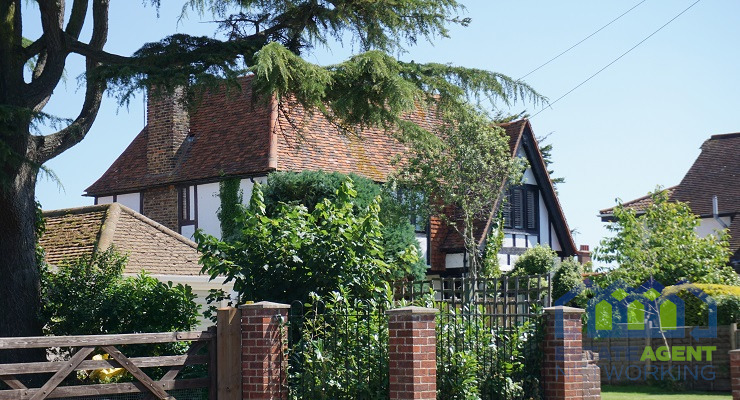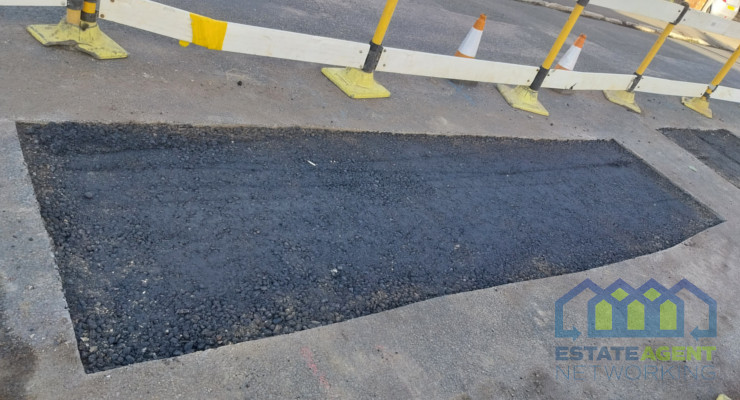Japanese Knotweed – What are the dangers?
Japanese Knotweed might not be something which you have heard of before. For the people that don’t know, it is a pretty, red stemmed plant which has deep green leaves. It may look pretty but unfortunately it can cause you a lot of trouble. The reason it can cause a threat is because it grows so rapidly. Each plant can grow up to an inch a day and has the ability to mature rapidly across a large surface area.
So you are probably thinking “Why does this concern me?” Well, as it grows so quickly it can actually cause a lot of structural damage. It can cause damage to tarmac and concrete, increase erosion, damage retaining walls, damage building foundations and block drainage pipes.
How did it get here?
Japanese Knotweed was brought to Europe from Japan in the mid 19th century by Philipp von Siebold who discovered it growing on the sides of volcanoes.
Taking over Britain
As knotweed spreads extremely fast, it is surprising that it went undetected for years. According to researchers from the University of Leicestershire, people sharing cuttings of the weed and disposing of unwanted plants was the reason it spread so fast. Since then the plant has cost homeowners thousands of pounds in damage and a massive headache.
Identifying Japanese Knotweed
It is essential that it is caught in its early stages of growth. There are some recognisable characteristics which you should look out for:
• A hollow stem – almost like bamboo.
• Large spade shaped leaves.
• White flowers in the summer.
• In the autumn it dies leaving brown stems.
• Red tinged shoots when the plant first sprouts through the ground.
What can I do?
Unfortunately there are not many ways to stop the growth of Japanese Knotweed. You could try to dig it out but you should not leave any trace of it. It only takes 0.8g of root for a plant to grow again.
If you manage to dig it up, just be aware that knotweed is actually classified as controlled waste, under the Environmental Protection Act 1990, and can only be disposed of in licensed landfill sites.
Some chemicals can kill the knotweed, especially a chemical called glyphosate. It may kill it, but it can take up to 5 whole years for it to work.
Just remember
If you think you might have discovered Japanese Knotweed in your garden or anywhere on your property, you will either need to instruct a Surveyor or hire a specialist to assess the situation. Sometimes even cutting the stems can accelerate growth and cause it to spread – So just be aware!
You do have a duty of care if you discover this pesky plant on your property and you need to understand that removing Japanese Knotweed can be a long and expensive process.
If you wish to seek advice of a professional just call us on 0800 880 6024 or email us at office@rightsurveyors.co.uk









